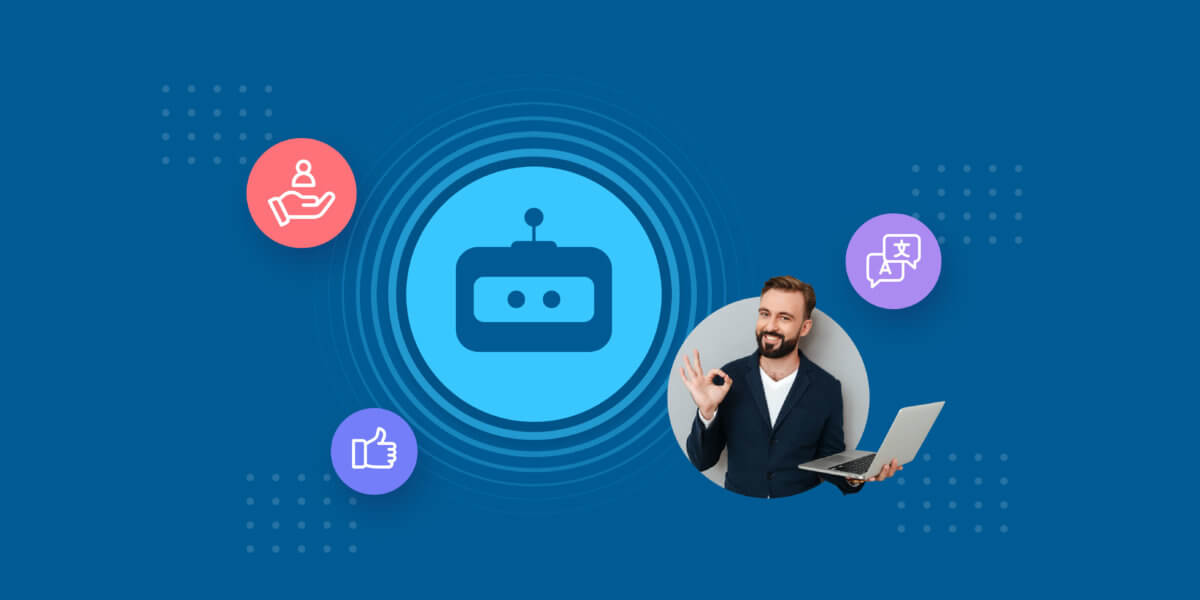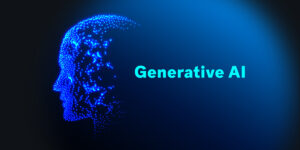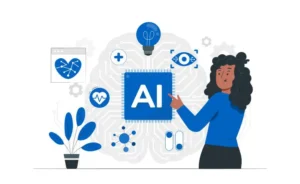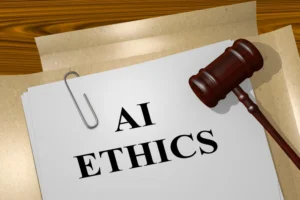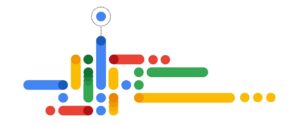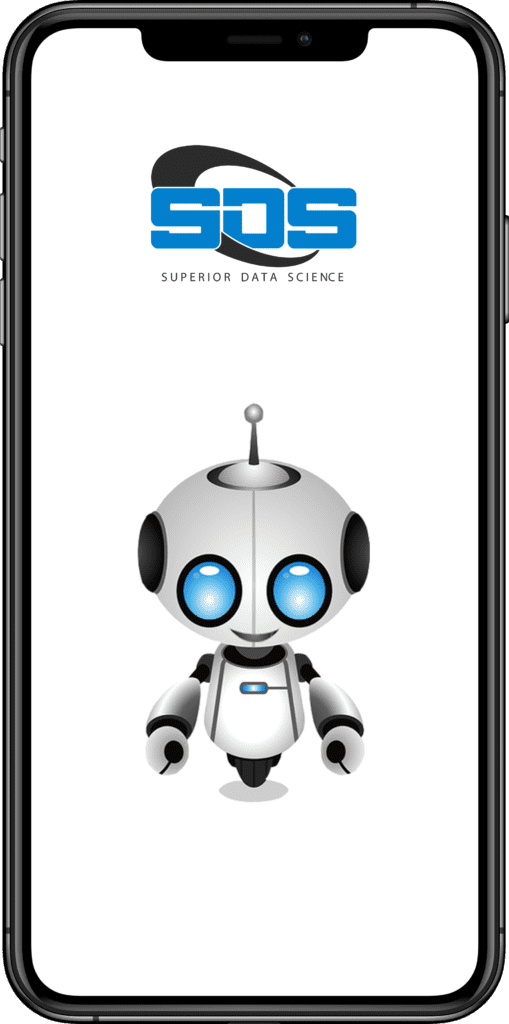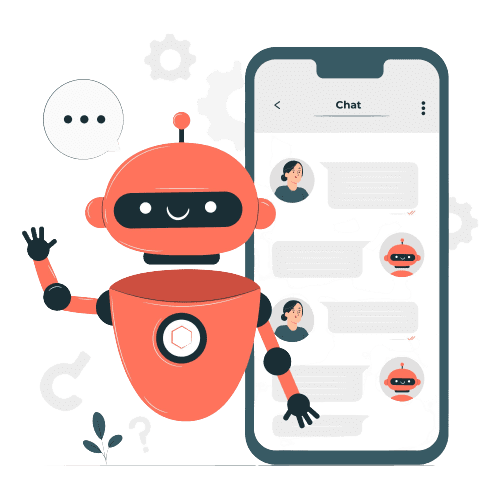In today’s digital era, chatbots have become increasingly popular as they provide businesses with an efficient way to engage with their customers. However, training to deliver accurate and relevant responses requires careful planning and implementation. In this article, we will explore the process of training a chatbot, the benefits it brings, best practices, and the challenges involved.
What is a Chatbot?
It is a computer program designed to simulate human conversations through voice or text interactions. It utilizes artificial intelligence (AI) and natural language processing (NLP) algorithms to understand and respond to user queries.
Types of Chatbots
There are different types of chatbots, including rule-based chatbots and AI-powered chatbots. Rule-based chatbots follow predefined rules and are suitable for simple tasks. AI-powered chatbots, on the other hand, employ machine learning techniques to learn and improve over time.
Benefits of Using Chatbots
Chatbots offer numerous benefits to businesses and users alike. They provide instant responses, 24/7 availability, and can handle multiple queries simultaneously. Some key advantages of using chatbots include:
- Enhanced Customer Service: Chatbots can quickly address customer inquiries, providing timely assistance and improving customer satisfaction.
- Cost Efficiency: By automating repetitive tasks and reducing the need for human intervention, chatbots help businesses save costs associated with customer support.
- Increased Engagement: Chatbots offer interactive and personalized experiences, fostering user engagement and loyalty.
- Scalability: Chatbots can handle a large volume of inquiries simultaneously, allowing businesses to scale their customer support without significant resource investment.
Training a Chatbot
Understanding the Purpose
Before diving into training a chatbot, it’s essential to define its purpose. Clearly identify the tasks it should perform and the objectives it should achieve. This step ensures that the chatbot is designed to deliver meaningful and relevant responses.
Designing Conversational Flows
Designing conversational flows involves creating a logical structure for the chatbot’s interactions with users. Determine the different user intents and map out the possible dialogue paths. This step helps ensure a smooth and efficient conversation between the user and the chatbot.
Natural Language Processing (NLP)
Natural Language Processing is a crucial component of chatbot training. It enables the chatbot to understand and interpret user inputs. Implementing NLP algorithms allows the chatbot to extract meaning from user queries, identify keywords, and generate appropriate responses.
Machine Learning
Machine learning plays a vital role in training an AI-powered chatbot. By leveraging machine learning algorithms, the chatbot can learn from user interactions, improve its responses over time, and adapt to changing user preferences. Training data is fed into the chatbot, which uses it to optimize its performance.
Testing and Iteration
Regular testing is essential to ensure the chatbot’s accuracy and effectiveness. Evaluate the chatbot’s responses and refine its training based on user feedback. Iteration is crucial for continuous improvement and enhancing the chatbot’s performance.
Best Practices for Chatbot Training
Define Clear Objectives
Clearly define the goals and objectives that should be achieved. This clarity helps in creating focused training strategies and ensures the chatbot delivers desired outcomes.
Use Real User Data
Leverage real user data to train the chatbot. Analyze existing customer interactions, frequently asked questions, and user feedback. This data provides valuable insights into user preferences, and common queries, and helps in tailoring the responses accordingly.
Incorporate Contextual Understanding
Enable the chatbot to understand and respond contextually. Take into account the conversation history and context to provide relevant and personalized responses. Contextual understanding enhances the user experience and makes interactions more seamless.
Optimize for User Experience
Focus on delivering an excellent user experience. Design the interface to be intuitive and user-friendly. Ensure the chatbot’s responses are concise, accurate, and easy to understand. A positive user experience increases user satisfaction and engagement.
Continuously Improve and Update
Chatbot training is an ongoing process. Regularly analyze user interactions and feedback to identify areas for improvement. Update the chatbot’s training data, refine its responses, and introduce new features or capabilities as required.
Challenges in Chatbot Training
Training a chatbot poses several challenges that need to be addressed:
Language Ambiguity
Natural language is inherently ambiguous, and understanding user intents accurately can be challenging. Chatbots must be equipped with robust NLP algorithms to overcome this challenge and provide accurate responses.
Handling User Errors
Chatbots need to handle user errors and misunderstandings effectively. They should be capable of detecting and correcting errors, guiding users to rephrase or clarify their queries, and providing helpful suggestions.
Balancing Automation and Human Intervention
Finding the right balance between automated responses and human intervention is crucial. While it can handle many inquiries autonomously, some situations may require human assistance. Ensuring a seamless transition between chatbot and human support is essential for a positive user experience.
Conclusion
Training a chatbot involves understanding its purpose, designing conversational flows, incorporating NLP and machine learning, and regular testing and iteration. By following best practices and addressing challenges, businesses can create chatbots that deliver accurate, personalized, and engaging interactions with users, ultimately enhancing customer experiences and driving business growth.
FAQs
How long does it take to train a chatbot?
The time required to train a chatbot varies depending on factors such as complexity, data availability, and desired performance. It can range from a few weeks to several months. It is important to allocate sufficient time for thorough training and iterative improvements.
Can chatbots learn from user feedback?
Yes, chatbots can learn from user feedback. User feedback provides valuable insights into the chatbot’s performance and helps identify areas for improvement. By analyzing user feedback, businesses can refine the chatbot’s training data and enhance its responses over time.
Are there any limitations to chatbot training?
While chatbot training has advanced significantly, there are still limitations to be aware of. Chatbots may struggle with complex or ambiguous queries and may require human intervention in certain situations. Additionally, chatbots are only as effective as the quality of their training data, so ensuring high-quality and diverse training data is crucial.
What industries can benefit from chatbot implementation?
Chatbots have applications in various industries, including customer support, e-commerce, banking, healthcare, and travel. Any industry that requires efficient and personalized interactions with customers can implement this to streamline processes and enhance customer experiences.
How can businesses measure the success of a trained chatbot?
Businesses can measure the success of a trained chatbot through various metrics. Key performance indicators (KPIs) such as response accuracy, customer satisfaction ratings, average handling time, and conversion rates can provide insights into the chatbot’s effectiveness. Analyzing these metrics helps businesses gauge the impact of the chatbot on customer interactions and overall business goals.



